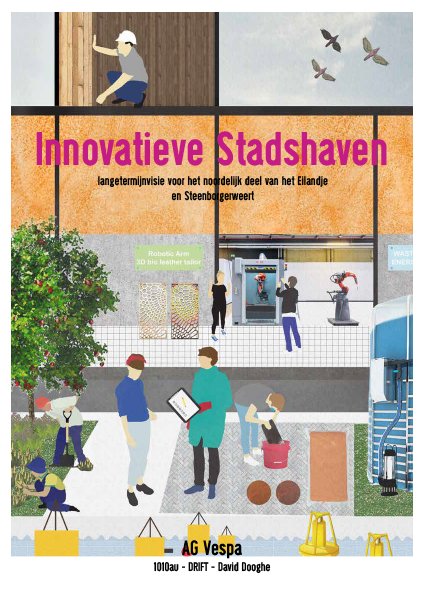When “port-out – city-in” becomes a strategy: is the port–city interface conflict in Amsterdam an observation or a self-fulfilling prophecy?
Abstract
Within the majority of port city literature, the evolution of port cities is still explained as an inevitable or ‘logical’ process whereby maritime land-uses gradually migrate from city centres towards waterfront zones with deep water access. Between the 1950s and 2000s, obsolete port areas around the world have surely become waterfront redevelopment sites, often with high-end urban property development, signified by iconic architectural projects. As observed and described in the port city of Amsterdam, the financial-economic success of this ‘port-out, city-in’ process has led to land-use conflict, observed also in other port cities around the world. This paper questions, however, whether the land-use conflict in Amsterdam, observed ten years ago, is just an observation, or part of a self-fulfilling prophecy. To answer this question, we engage in a meta-discussion about the port–city interface model itself. By performing an in-depth case study in the 2018–2019 period, we reconstructed the evolution of a fierce land-use conflict in the port–city interface of Amsterdam. We conclude that the key causal mechanism was context-specific, but also that generic ‘port-out, city-in’ discourse has been an important contingent condition.
Keywords: waterfront development, port-city interface, Amsterdam, generalisation, abstraction
Cite as: Van den Berghe, K. B. J., Louw, E., Pliakis, F. A., & Daamen, T. A. (2022). When “port-out – city-in” becomes a strategy: is the port–city interface conflict in Amsterdam an observation or a self-fulfilling prophecy? Maritime Economics & Logistics. https://doi.org/10.1057/s41278-022-00236-8









